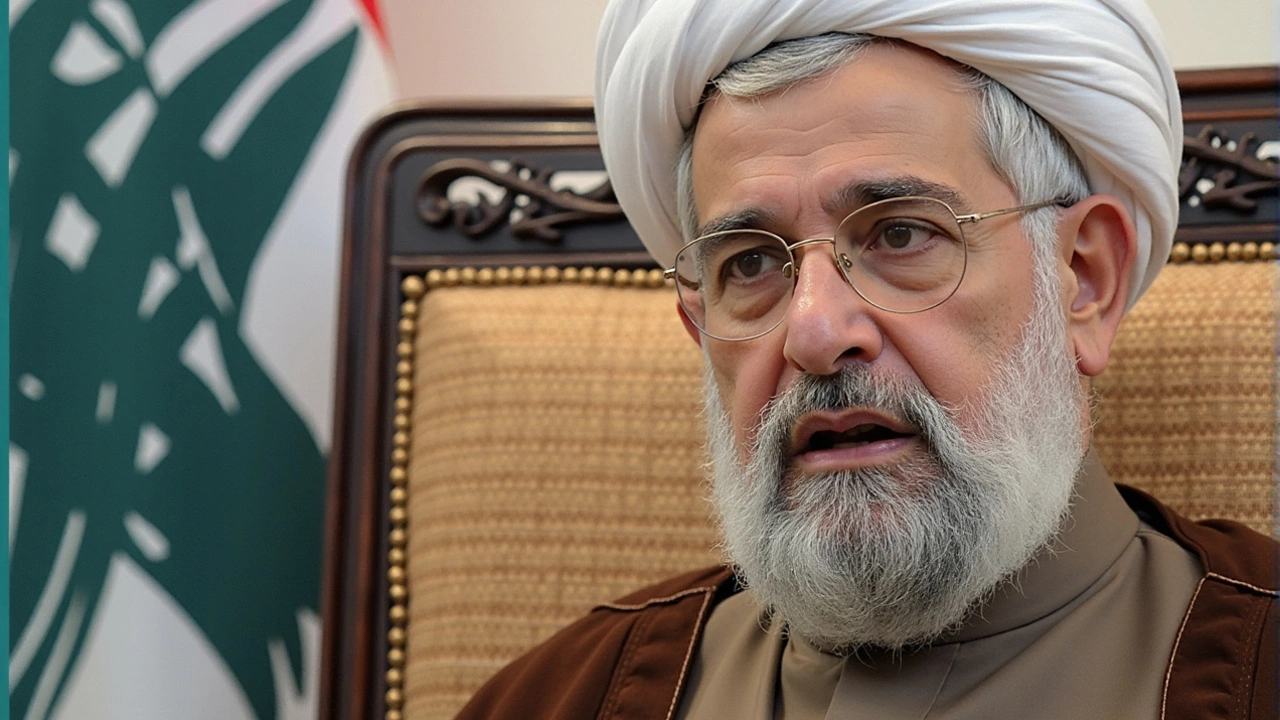What Is a Truce and Why Does It Matter?
A truce is a temporary halt in fighting or conflict, giving both sides a breather to negotiate or regroup. It’s not a full peace agreement but a crucial step that can prevent violence from escalating. Think of it as a timeout during a heated game, allowing players to pause and rethink strategies. For people living in conflict zones, truces can mean a chance to rebuild, receive aid, or just breathe without fear.
Truces show up in all sorts of conflicts—from wars between countries to disputes within communities. On the African continent, where many regions face political tensions and unrest, a well-timed truce can open the door to lasting peace talks. It’s a chance to stop the bloodshed even if just briefly, which can save lives and set the stage for deeper resolutions.
How Do Truces Shape African News?
African Waters Daily keeps a close eye on truce developments because they often signal shifts in conflicts that affect millions. For example, a ceasefire agreed upon in a disputed area can lead to more humanitarian access or create space for political dialogue. These moments often make headlines as communities hold their breath, hoping that the pause will lead to something permanent.
Truces also have ripple effects on business, health, and environment news. Peaceful conditions mean markets can open, hospitals can function safely, and environmental efforts can proceed without interruption. Conversely, the breakdown of a truce might quickly lead to renewed violence, disrupting lives and progress.
What Happens After a Truce?
Once a truce is declared, the next steps vary. Sometimes, it leads to formal peace talks or agreements that end conflicts permanently. Other times, it’s fragile, lasting only days or weeks before fighting resumes. The success depends on trust, willingness to negotiate, and international support.
For news followers like you, knowing the difference matters. Watching how a truce plays out gives insights into a region’s stability and future outlook. African Waters Daily reports these shifts with context so you see beyond the headlines and understand the stakes for communities involved.
Remember, behind every truce are real people wanting peace and security. Highlighting these moments isn’t just about conflict; it’s about hope and the ongoing effort to make peace stick.

